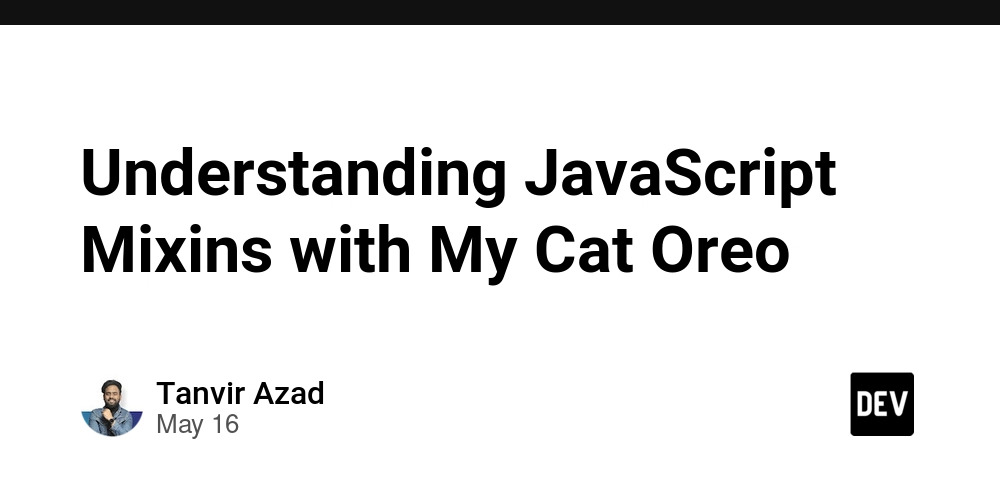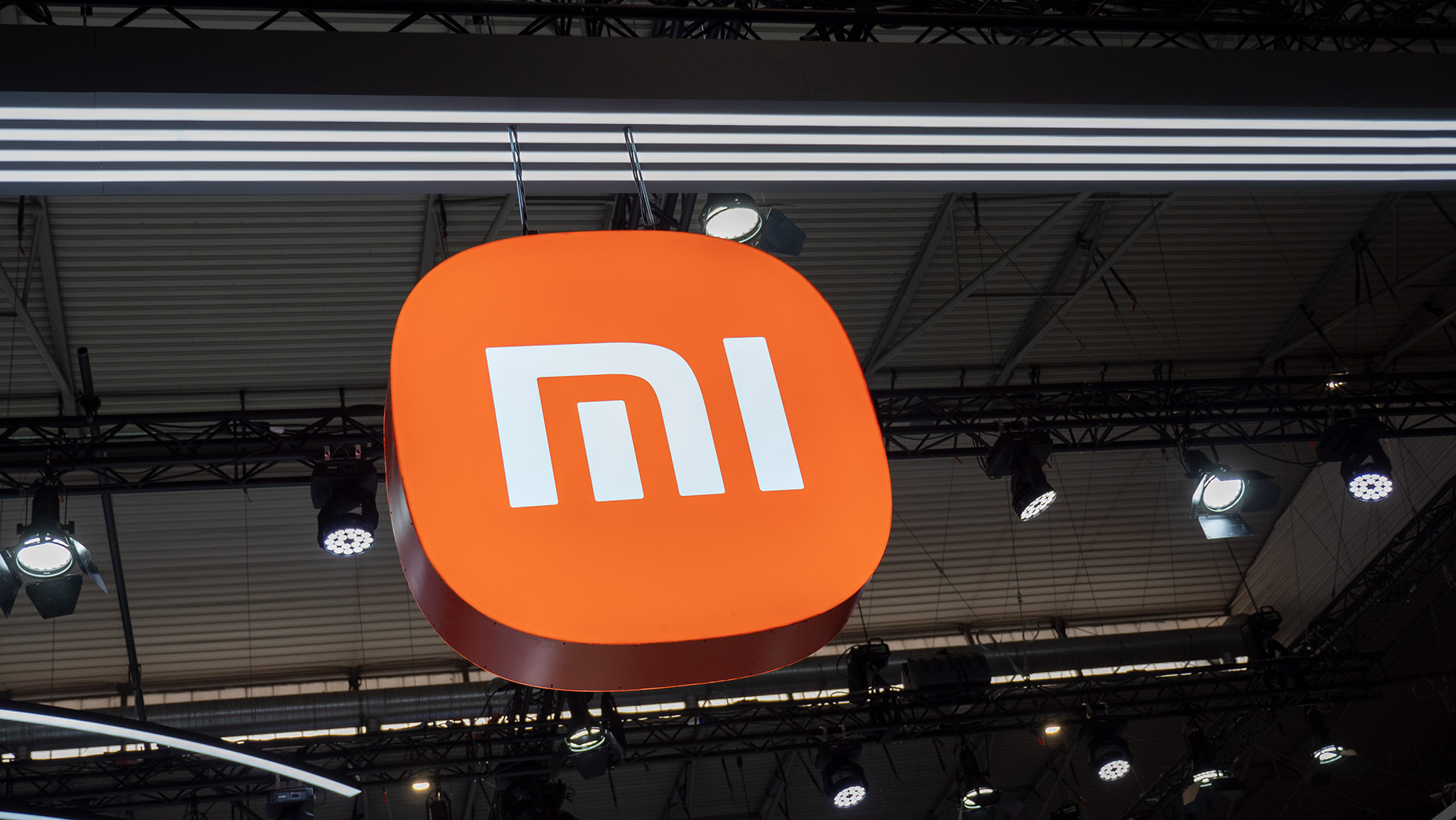ChatGPT & Me. ChatGPT Is Me!
For a while now part of my email signature has been a quote from a Hackaday commenter insinuating that an article I wrote was created by a “Dumb AI”. You …read more


For a while now part of my email signature has been a quote from a Hackaday commenter insinuating that an article I wrote was created by a “Dumb AI”. You have my sincerest promise that I am a humble meatbag scribe just like the rest of you, indeed one currently nursing a sore shoulder due to a sporting injury, so I found the comment funny in a way its writer probably didn’t intend. Like many in tech, I maintain a skepticism about the future role of large-language-model generative AI, and have resisted the urge to drink the Kool-Aid you will see liberally flowing at the moment.
Hackaday Is Part Of The Machine
 As you’ll no doubt be aware, these large language models work by gathering a vast corpus of text, and doing their computational tricks to generate their output by inferring from that data. They can thus create an artwork in the style of a painter who receives no reward for the image, or a book in the voice of an author who may be struggling to make ends meet. From the viewpoint of content creators and intellectual property owners, it’s theft on a grand scale, and you’ll find plenty of legal battles seeking to establish the boundaries of the field.
As you’ll no doubt be aware, these large language models work by gathering a vast corpus of text, and doing their computational tricks to generate their output by inferring from that data. They can thus create an artwork in the style of a painter who receives no reward for the image, or a book in the voice of an author who may be struggling to make ends meet. From the viewpoint of content creators and intellectual property owners, it’s theft on a grand scale, and you’ll find plenty of legal battles seeking to establish the boundaries of the field.
Anyway, once an LLM has enough text from a particular source, it can do a pretty good job of writing in that style. ChatGPT for example has doubtless crawled the whole of Hackaday, and since I’ve written thousands of articles in my nearly a decade here, it’s got a significant corpus of my work. Could it write in my style? As it turns out, yes it can, but not exactly. I set out to test its forging skill.
In Which I Meet My Digital Impostor
A couple of weeks ago I covered the news of the impending re-entry of a failed Soviet Venus mission stuck in orbit since 1972. It’s a fascinating story because the craft may survive the experience, and it’s possible that by the time you read this it might have been retrieved. I asked ChatGPT to provide me with a 200 word article on the story “in the voice of the Hackaday writer Jenny List”. Here’s what it came up with:
In the early days of the Space Race, the Soviet Union launched a bold bid to reach Venus: the Venera missions. Among them was Kosmos 482, a 1972 mission that never made it past Earth’s gravity. Now, over five decades later, its descent craft is finally coming home—with a bang.
Kosmos 482 was intended to deliver a lander to Venus, but due to a malfunction in its upper stage, it was stranded in a highly elliptical orbit around Earth. Encased in a semi-spherical titanium shell, the descent craft—designed to survive the brutal atmosphere of Venus—has been orbiting quietly, steadily losing altitude. By early May 2025, that orbit had decayed to a precarious 232 x 136 km, setting the stage for an uncontrolled reentry around May 10th.
Unlike typical space debris, Kosmos 482’s reentry carries a bit more drama. Built to endure Venus’s hellish surface, the lander is expected to survive Earth’s atmospheric plunge mostly intact. Impact predictions estimate it will hit the ground at about 65-70 m/s, roughly the speed of a meteorite, packing the punch of a 500 kg hunk of Soviet engineering.
With an orbital inclination of 51.95 degrees, it could come down anywhere between 52°N and 52°S, adding an element of unpredictability. One thing is certain: after 53 years in limbo, Kosmos 482 is finally coming back to Earth—whether we’re ready or not.
Reading it is a fascinating experience, because superficially it feels like a Hackaday piece. It has my vague style with some phrases such as “packing the punch of a 500 kg hunk of Soviet engineering“. It’s casual in its language, and it’s captured my wordiness; in contrast to the more terse style it does when for example I ask it to do the same thing in the voice of my colleague Al Williams. It fails though in several senses, I feel it doesn’t capture my sentence style and the very British way I use punctuation, it relies on far more figures than I would put in a piece, and perhaps most importantly it has no inference. It relies only on the facts it can find, indeed those figures are a sign of it overusing them, and it doesn’t go further in commenting on any likely outcomes. In my human-written version of the same piece I finished up by speculating on who would own it if retrieved, and anything of that nature is absent in its output.
Don’t Worry, Humans Still Needed
So it’s clear from the above that while it can write something which is superficially coverage of the same story in my voice when writing a Hackaday piece, it still fails at the task in hand. Where we would try to give a little introduction, background and comment to the story, it instead presents only a summary of facts it has found. The fact that it can’t infer beyond the story is reassuring, because it means we meat-based Hackaday scribes still have the edge. There are many people who will tell you to look for certain words as clues to AI-written text, but the truth is much simpler. Look for the human touch.








![Epic Games: Fortnite is offline for Apple devices worldwide after app store rejection [updated]](https://helios-i.mashable.com/imagery/articles/00T6DmFkLaAeJiMZlCJ7eUs/hero-image.fill.size_1200x675.v1747407583.jpg)































































































































































![[The AI Show Episode 146]: Rise of “AI-First” Companies, AI Job Disruption, GPT-4o Update Gets Rolled Back, How Big Consulting Firms Use AI, and Meta AI App](https://www.marketingaiinstitute.com/hubfs/ep%20146%20cover.png)

















































































































































































































































.png?width=1920&height=1920&fit=bounds&quality=70&format=jpg&auto=webp#)























![[Virtual Event] Strategic Security for the Modern Enterprise](https://eu-images.contentstack.com/v3/assets/blt6d90778a997de1cd/blt55e4e7e277520090/653a745a0e92cc040a3e9d7e/Dark_Reading_Logo_VirtualEvent_4C.png?width=1280&auto=webp&quality=80&disable=upscale#)














































































-xl-(1)-xl-xl.jpg)










![‘Apple in China’ book argues that the iPhone could be killed overnight [Updated]](https://i0.wp.com/9to5mac.com/wp-content/uploads/sites/6/2025/05/Apple-in-China-review.jpg?resize=1200%2C628&quality=82&strip=all&ssl=1)





![What’s new in Android’s May 2025 Google System Updates [U: 5/16]](https://i0.wp.com/9to5google.com/wp-content/uploads/sites/4/2025/01/google-play-services-1.jpg?resize=1200%2C628&quality=82&strip=all&ssl=1)











![iPhone 17 Air Could Get a Boost From TDK's New Silicon Battery Tech [Report]](https://www.iclarified.com/images/news/97344/97344/97344-640.jpg)
![Vision Pro Owners Say They Regret $3,500 Purchase [WSJ]](https://www.iclarified.com/images/news/97347/97347/97347-640.jpg)
![Apple Showcases 'Magnifier on Mac' and 'Music Haptics' Accessibility Features [Video]](https://www.iclarified.com/images/news/97343/97343/97343-640.jpg)
![Sony WH-1000XM6 Unveiled With Smarter Noise Canceling and Studio-Tuned Sound [Video]](https://www.iclarified.com/images/news/97341/97341/97341-640.jpg)










































![Apple Stops Signing iPadOS 17.7.7 After Reports of App Login Issues [Updated]](https://images.macrumors.com/t/DoYicdwGvOHw-VKkuNvoxYs3pfo=/1920x/article-new/2023/06/ipados-17.jpg)

![Apple Pay, Apple Card, Wallet and Apple Cash Currently Experiencing Service Issues [Update: Fixed]](https://images.macrumors.com/t/RQPLZ_3_iMyj3evjsWnMLVwPdyA=/1600x/article-new/2023/11/apple-pay-feature-dynamic-island.jpg)























